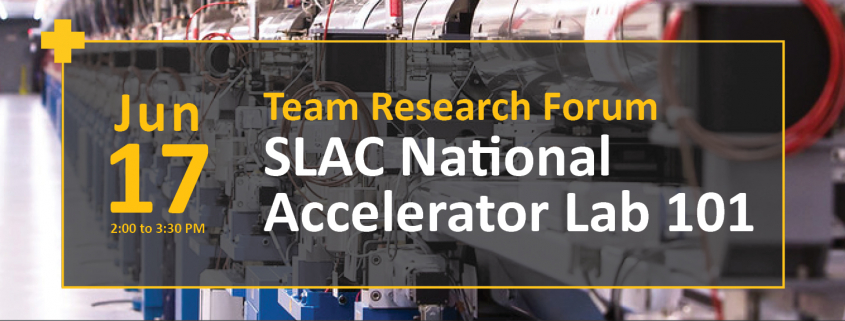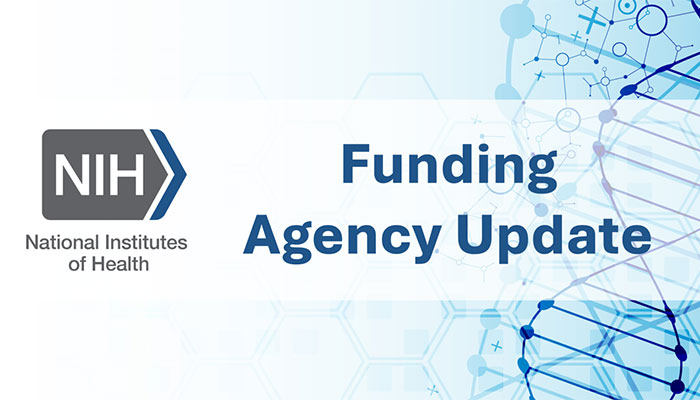June 17: Team Research Forum: SLAC National Accelerator Lab 101
SLAC 101: Everything you need to know about the National Accelerator Lab and the world’s first hard X-ray Free Electron Laser
Join the Office of Research on Tuesday, June 17th at 2:00pm to learn about the SLAC National Accelerator Laboratory, operated by Stanford University for the U.S. Department of Energy. SLAC is home to powerful tools like the Linac Coherent Light Source (LCLS), the world’s first hard X-ray free-electron laser, as well as top synchrotron, accelerator, and cryo-EM facilities. This world-class facility enables groundbreaking discoveries in energy, materials science, chemistry and biology that advance our understanding of the universe at the smallest and largest scales. With cutting-edge capabilities in accelerator science, ultrafast science, and advanced computing, SLAC supports multidisciplinary collaborations that drive innovation in clean energy, quantum science, structural biology, and the fundamental structure of matter.
The session will include an overview of SLAC and an opportunity to join breakout rooms for Chemistry, Biology, AMO, Material Science, Data/AI, Sample Delivery & Engineering, followed by general Q&A.
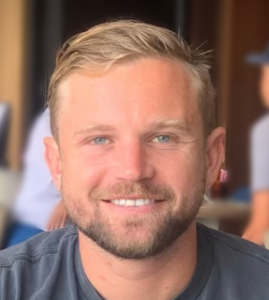 Alec Follmer
Alec Follmer
Assistant Professor, Department of Chemistry
UC Davis
Alec Follmer is an Assistant Professor in the Department of Chemistry at UC Davis. His research investigates how metal-containing enzymes catalyze reactions through multifaceted studies incorporating structural biology, spectroscopy, as well as biophysical and chemical biology methods. His work has greater implications in driving the strategic design of selective catalysts and drug discovery.
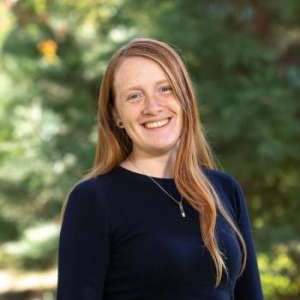 Sandra Mous
Sandra Mous
Staff Scientist
SLAC National Accelerator Laboratory
Sandra Mous is a Staff Scientist at the Linac Coherent Light Source at the SLAC National Accelerator Laboratory. Her research leverages the capabilities of the LCLS to visualize biophysical phenomena at the molecular level, ranging from protein to membrane levels. By using structural biology techniques such as time-resolved serial crystallography, her work provides invaluable insight into the biological dynamics that impact applications such as biomedicine and green chemistry.
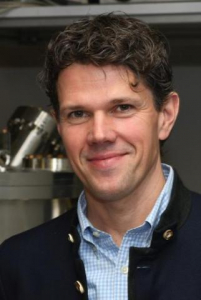 Matthias Kling
Matthias Kling
Director of the Science, Research and Development Division
SLAC National Accelerator Laboratory
Matthias Kling is the Director of the Science, Research, and Development Division at the SLAC National Accelerator Laboratory. His research focuses on the application of new nano-scale technologies to advance the fields of photonics, spectroscopy, light source development, and more. Under his direction, the LCLS drives cutting-edge research and capability development in ultrafast dynamics.

